Images of stocked wine cellars in basements and fancy restaurant wine lists give the impression that there is some sort of rule for knowing when to age a bottle and for how long to age it. But here’s the catch: only an estimated 1% of wines in the world are actually meant to be aged!
Wine can feel like a daunting subject, especially if you’re just a casual wine-drinker. Terms like “notes”, “terroir”, and “aging”, give the impression that it’s a Somm’s world and you’re just living in it. I believe that everyone should feel comfortable navigating this world of wine, regardless of your level of experience. I’m on a mission to demystify some of the wine world’s greatest presumptions and provide an easy-to-understand explanation for the “why’s” behind them.
First up: when and why to age your wine!
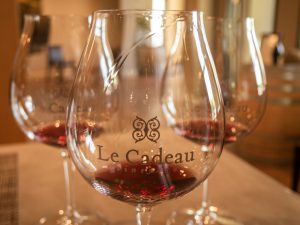
When to age a bottle:
Most wines sold in America, and especially those that you can buy at your local grocery store, are not meant to be aged. A general rule of thumb is that if the bottle costs less the $30.00, don’t bother aging it. If you choose to store a cheaper bottle of wine for an extended period of time, it should probably still be consumed within a couple years of purchasing.
If a wine is particularly tannic (reminder: tannins are those weird things that make your tongue feel sandpapery after drinking a red wine), aging the wine may help reduce that sensation and smooth out the wine overall. Once a bottle is opened, it obviously cannot be aged (please don’t try to do that). But, if you buy a second bottle, leave it for a year or two to see if it goes down a little smoother the next time.
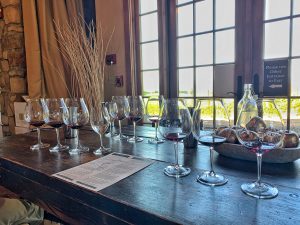
If you find yourself in wine country, don’t hesitate to ask the winemaker or tasting room staff about their perspectives on aging their wines. Some winemakers will release recommended aging periods for their wines, which can be found on tasting room menus or online. Other times they may tell you to “drink now”, meaning the wine is tasting as good as they think it will ever be. Regardless, winery staff are the experts in their wines and will be able to point you in the right direction in terms of aging.
Why to age your wine:
Wine is a living thing. That means that as it ages, chemical reactions are taking place inside the bottle that affect the flavor, aroma, and color of the wine. This is one of the reasons I think wine is so special…it continues to evolve over time, but is always influenced by the initial growing season and fermentation process.
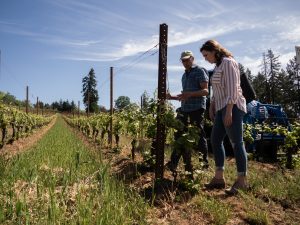
Essentially, choosing to age your wine means you are choosing to allow more nuanced flavors and aromas to take shape inside the bottle. Over time, the bolder flavors and structured tannins mellow out, which allows the flavor profile of the wine to shift. An aged wine will typically be smoother as you drink it.
You’ll notice some significant color differences in aged wines, but that doesn’t mean the wine has gone “bad”. Red wines will show a more leathery, tawny color. White wines will show a rich golden hue. Additional sediment may also pour into your glass, which is a result of the chemical reactions in the bottle. Again, this doesn’t mean the wine is bad! Simply decant the wine or leave the bottle upright for a day to allow the sediment to settle.
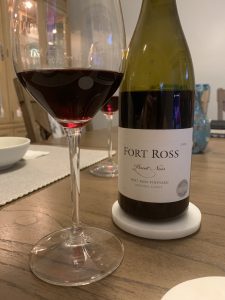
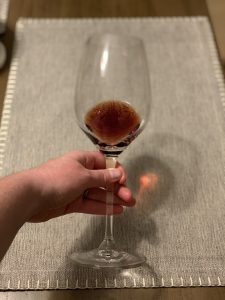
In short, aging your wine allows for a different tasting experience that what you would initially have if you opened the bottle right away. Pay attention to the sensory differences in taste, smell, sight, and mouthfeel as you enjoy an aged wine. It’s truly a special experience to try a wine that has matured in the bottle.

Tips for the Average Wine Lover
- If your bottle costs less than $30.00, or was purchased at your local grocery store, you probably don’t want to age it. If the bottle costs more than $30.00, is a particularly special vintage, or tasted a bit astringent or tannic when you first tried it, you may want to consider aging it (but that doesn’t mean you have to).
- If you choose to age your wines, make sure they are being stored at the correct temperature. Red wines should still be stored slightly chilled (around 55 degrees Fahrenheit is typically what is recommended). Allow red wines to come to the correct temperature before serving.
- It can be hard to remember how long you are supposed to age a bottle of wine, especially if you have several aging at the same time. Grab a metallic sharpie and write the year that you are supposed to open the bottle on the bottom of it. That way you have a simple, at-a-glance reminder of how long the bottle has been aging!
- If in doubt, ask your winemaker their opinion on aging their wines. Some may indicate that aging for just a few years would be beneficial. Others may say that a decade or more will do wonders!
- Last, and perhaps most important, don’t assume your wine has gone bad if it looks, smells, or tastes different than what you expect! Aged wine is a different beast. Regardless of the look of the wine, it is fine to drink as long as it tastes good (it should not taste musty or vinegary).
Did you enjoy this Wine Tip? Share on social media to show your support!

Excellent blog.
I found it interesting when you talked about how it is important to store at the proper temperature when you are trying to age wine. One of my friends likes to drink wine, and he wants to see how much of a difference aging it makes. I’ll be sure to mention to him that he should look into using a professional storage facility.